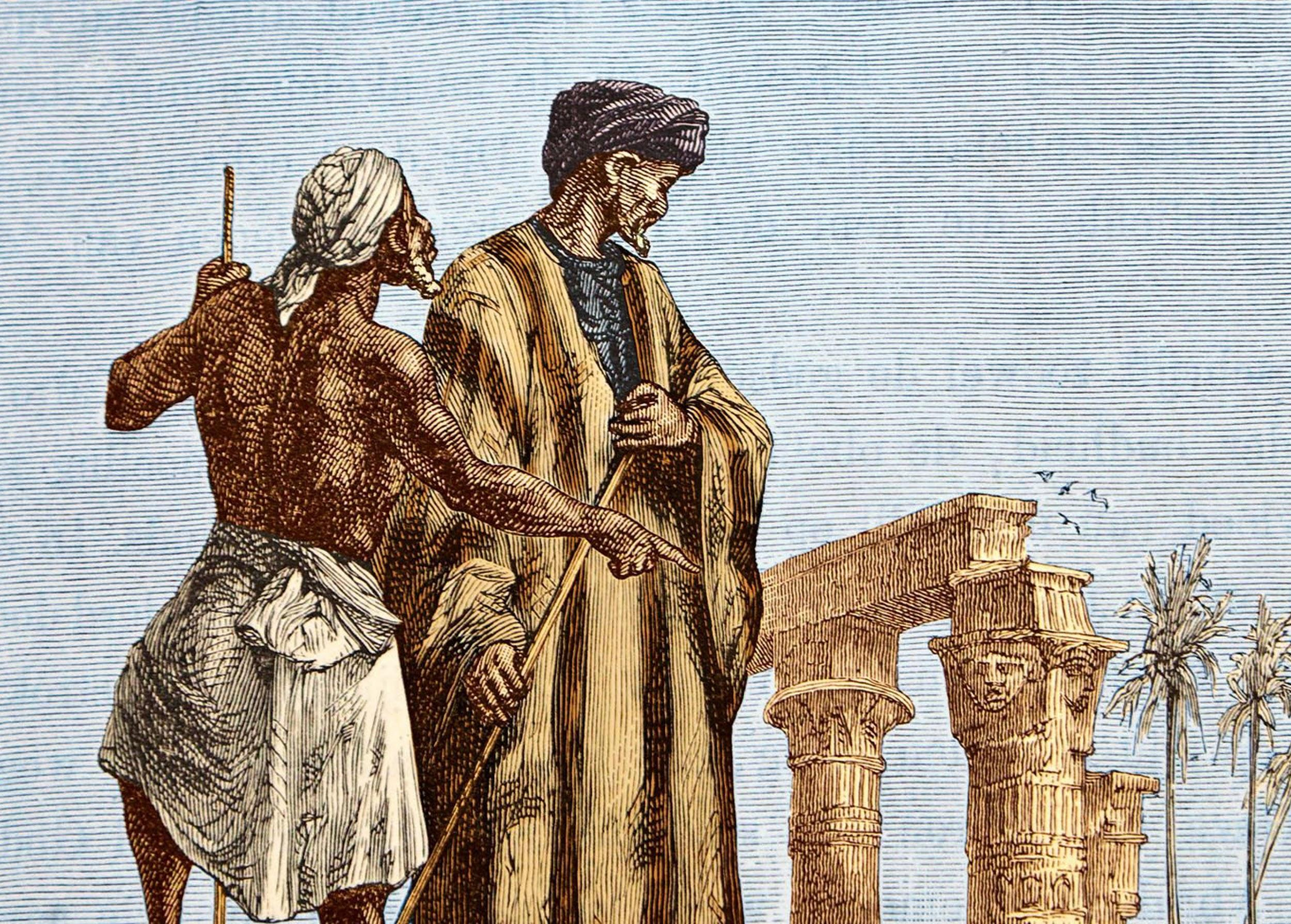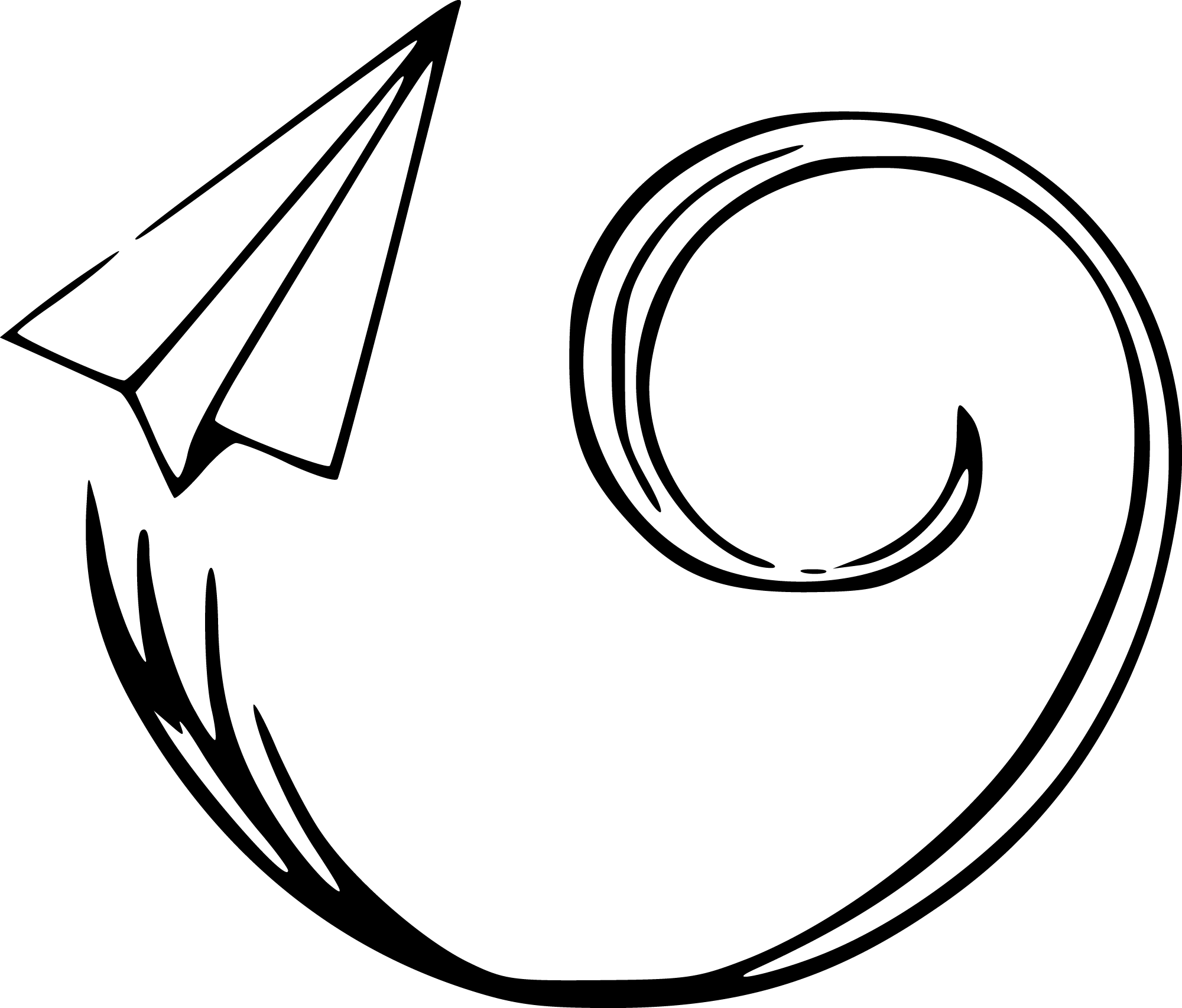The Light of Discovery of the Medieval Muslim World – Ibn Battuta
Born in Morocco on February 24, 1304, Ibn-Battuta is the greatest traveler of the Middle Ages and is the author of the travelogue named “Rıhlet-ü İbn Battuta”. The tribe Levate, to which he is a member, is of Berber origin and migrated from Berka to Tangier. He belongs to the Maliki sect.
He never neglects the details and mentions thousands of people in his work, from statesmen to Sufis, from merchants to jurists. The fact that many of the names he mentioned were included in the famous history and biography books of the period surprised many. He gives detailed information about the clothing, customs and beliefs of various nations, and informs him about the geography and economy of the countries he has visited. We can count Ibn Battuta as the greatest traveler not only of the Islamic world or the 14th century, but also of the Middle Ages, by looking at his 73 thousand-mile journey. Although some scholars, especially Westerners, compare his travels with those of Marco Polo, it is clear that such a comparison is unwarranted. For, Ibn Battuta was not only a traveler of the known world of the 14th century, but also of unknown places that ordinary people only heard of; We can say that he is a traveler of human geography rather than physical geography, without caring about some issues such as the fact that he sometimes conveyed what he heard from the merchants who went to Siberia, which he called the “land of darkness”, but that he could not go there. He never neglects the details and mentions thousands of people in his work, from statesmen to Sufis, from merchants to jurists. The fact that many of the names he mentioned were included in the famous history and biography books of the period surprised many.

Ibn Batuta was a wealthy Moroccan Muslim who made a pilgrimage to Mecca in 1325. Meanwhile, the adventures he lived led him to travel farther. Ibn Battuta made bold journeys to Africa, the Middle East and the Far East, little known to Europeans. He traveled non-stop for 28 years. Egypt, the Arabian Peninsula, the geography of Iraq, the geography of Iran, the principal principalities in Anatolia, especially the Ottoman Principality, Istanbul under Byzantine rule, Central Asia, India, Maldives, China and Andalusia. He traveled and wrote his travel book examining the state and social structures, beliefs, customs, natural beautiesand products of different geographies of the societies in these regions. He also served as a judge in many countries and knew Turkish and Persian. His journey from Tangier, the city of his birth, to Mecca was the subject of the 2009 movie “Journey to Mecca”.
Hajj trip to Mecca
In 1325, at the age of 20, he decided to go on a pilgrimage. He reached Cairo by land from the North African coast. Later, he wanted to go up the Nile and cross the Red Sea to reach Mecca, but he had to return to Cairo because the tribes in the upper Nile region were in revolt at this time. Meanwhile, a saint he met prophesied to him that he could not go to Hajj without seeing Syria. Thereupon, he set out for Damascus and spent Ramadan there. During his journey to Damascus, he visited holy cities such as Jerusalem, Bethlehem and Hebron. He became a pilgrim by reaching Mecca via Medina. However, on the way back, he decided to continue his journey. He joined a caravan and traveled towards the Mesopotamian border and visited Ali’s tomb in Najaf. From here he went to Isfahan via Basra. About ten years later, Isfahan would be destroyed by Tamerlane. He then went to Shiraz and Baghdad, which had been sacked by Hulagu Khan. Here he met the last Ilkhanid ruler, Ebu Said, and after traveling for a while with his caravan, he went to Tabriz. Tabriz was the only major city in the region that remained intact, as it did not resist the Mongol attacks and opened its doors to them. Since it is located on the Silk Road, it has become an important trade center of the region. He then returned to Mecca to become a pilgrim for the second time. (Staying in Mecca for a year, he prepared for his second great journey.)

Along the African coast
This time he went south from the East African coast. In his first stop, Aden, he decided to start trading with the goods coming to the Arabian Peninsula via the Indian Ocean and make a fortune. But before putting this plan into action, he decided to embark on one last adventure in the spring of 1331. Traveling further south, he stayed for a week each in Ethiopia, Mogadishu, Mombasa, Zanzibar and Kilva. With the return of the monsoon winds,his ship returned to the Arabian Peninsula. Before settling in here, he decided to take one last trip and set off again to see Oman and the Strait of Hormuz.
From Mecca via Constantinople to Delhi
On his return, he stayed in Mecca for about a year. Meanwhile, he made up his mind to enter the service of the Sultan of Delhi in India. He decided to go to Anatolia, which was under the rule of the Seljuks, to find an interpreter he would need on the way. He went to Alanya with a Genoese ship from Damascus. From here he went to Sinop via Konya. He crossed the Black Sea and reached the port of Kefe in Crimea. At this time, Crimea was on the territory of the Golden Horde state and by chance came across the caravan of the Golden Army Khagan Ozbeg. He went to the city of Astrakhan with this caravan, which made its way up the Volga river. On arrival in Astrakhan, the Khagan allowed one of his pregnant wives to return to his hometown of Constantinople to give birth. He allowed Ibn Battuta to accompany him on this journey. Ibn Battuta went to Constantinople in 1332 and Emperor III. He met with Andronikos. He saw Hagia Sophia from the outside. After staying in Constantinople for a month, he set out for India via Astrakhan. In 1332, he traveled around the Caspian Sea and the Aral Sea to Afghanistan, and from there to India by crossing mountain passes.

İn Delhi Sultanate
Islam was just beginning to be accepted in India. The Sultan of Delhi wanted to appoint as many scholars and officials as possible in his country in order to consolidate his power. He appointed Ibn Battuta as a kadi due to his education in Mecca. However, the Sultan of Delhi, Mohammed bin Tughluk, was quite unstable even under the conditions of that day. Ibn Battuta lived a life of luxury and insecurity. In order to get rid of this situation, he wanted toleave Delhi, claiming that he wanted to go on pilgrimage again. The Sultan offered him to go to China as an ambassador as an alternative. Ibn Battuta accepted this offer immediately and took the opportunity to see new countries and to move away from the Sultan’s sovereignty. However, a group of Indian rebels heading towards the coast was attacked. Ibn Battuta was separated from his comrades, his money and possessions were taken from him, and he was in danger of death. Fortunately, he managed to capture his comrades in less than two days. They sailed from the port of Kambay to the city of Kolkata in southwest India. Here, while Ibn Battuta was visiting a mosque, two of the expedition ships sank in a storm. The other ship sailed, leaving it on the beach, and was seized by a king in Sumatra a few months later. Fearing to return to Delhi unsuccessfully, he stayed here for a while under the protection of his friend, Jamaleddin. Finally, he set off again for China.
Via Maldives to China
But first he went to the Maldives. He had to stay here longer than he had anticipated. Because it was in the islanders’ interest that he served as a judge. They both forced and persuaded him to stay on the island with threats and bribes. His marriage to the royal family and his position as supreme judge drew him into local politics on the island. The island society, which has a more liberal worldview, made a few harsh decisions that were not pleasing to him, forcing him to leave the Maldives. Sailed to see the holy temple of Sri Pada on the island of Ceylon. When the ship he boarded to leave Ceylon was about to sink in a storm, he was rescued by another ship, but this time he was attacked by pirates and left on the beach. He returned to Kolkata again. From there he went back to the Maldives, this time on a Chinese ship, and finally achieved his goal. He arrived in Quanzhou city in Fujian province via Chitatong, Sumatra and Vietnam. From there he traveled north to Hangzhou, near Shanghai. Although he says in his travelogue that he went further north to Beijing, this is not convincing. Back in Quanzhou, he decided he wanted to go home now. But he actually didn’t know where his real home was anymore. After returning to Calicut, he considered returning to Mohammed bin Tughluk for a short while, but later gave up and set out for Mecca.
Return to Mecca and the Black Death
His way passed through Ilkhanid Lands, which was in turmoil because Sultan Ebu Said had died. He came to this city to go to Mecca by way of pilgrimage through Damascus. He received the news of his father’s death in Damascus. The deaths have followed him throughout this year. Syria witnessed the plague epidemic that erupted in Palestine and Arabia during this time. When he reached Mecca, he decided to return to the Maghreb a quarter of a century after his first journey. Finally, he stopped by Sardinia and arrived in Tangier, where he learned that his mother had also passed away a few months ago.

Tangier to Spain and Back
However, he did not stay long in Tangier. King of Castile XI. Alfonso was on an expedition to capture Gibraltar, and Ibn Battuta went to Andalusia with a group of Muslims who volunteered to protect the city. However, when they arrived here, XI. They learned that Alfonso had died of the plague and that there was no longer any danger. Ibn Battuta continued his journey for pleasure. He went through Valencia to Granada. The place where he explored the least in the Islamic world was his home country, the Maghreb. That’s why he stayed in Marrakech for a while on his return from Andalusia. Meanwhile, Marrakech was devastated by the plague and the relocation of the capital to Fes. Even after returning to Tangier, they did not finish their journey. Two years before his first journey, Mansa Musa, the ruler of Mali, passed through Tangier on his pilgrimage and became famous for his wealth. At this time, half of the gold mined in the world came from West Africa. Although he did not tell much about it, what he heard must have piqued his interest, so he set out to visit this Islamic country on the other side of the Sahara Desert.
Across the Desert
He left Morocco in the autumn of 1351 and arrived a week later in Sijilmasa, the last Moroccan city on his way. Enrolled in one of the first winter caravans, he arrived a month later in the city of Taghaza in the middle of the Sahara. Although Taghaza was brimming with the wealth of salt production and the gold of Mali, it did not leave much of an impression on Ibn Battuta. He crossed the hardest 500 kilometers of the desert and reached the city of Walata in Mali. It moved further southwest. Here he crossed the banks of the Niger, which hethought was the Nile, and arrived at the capital of Mali. He remained here for 8 months, though he doubted the hospitality shown to him by Mansa Musa, who had been king since 1341. then he sailed up the Niger river to Timbuktu. At this time, Timbuktu seemed small and insignificant, not yet possessing the wealth and greatness that it would attain in the next two centuries, and so he did not stay long and made his way home to Morocco. Halfway through, he got the news that the Maghrib Sultan had invited him to the palace. He returned definitively to Morocco in December 1353. At the request of Sultan Abu Inan Faris, he began to dictate his memoirs to the poet Mohammed Ibn Cuzac. Although some places in the Rıhle that emerged in this way are imaginary, it is the most important book we have left that describes the situation of many parts of the world in the 14th century in the most accurate and clear way. After the publication of Rihle, Ibn Battuta lived in Morocco for another 22 years with greater respect. For centuries, Rihle was not well known even in the Islamic world. However, after it was translated into many western languages in the 19th century, it gained importance and Ibn Battuta became one of the most well-known names of the east. Today, a meteor crater on the moon and a mall in Dubai whose corridors are paved with his research are named after him.





